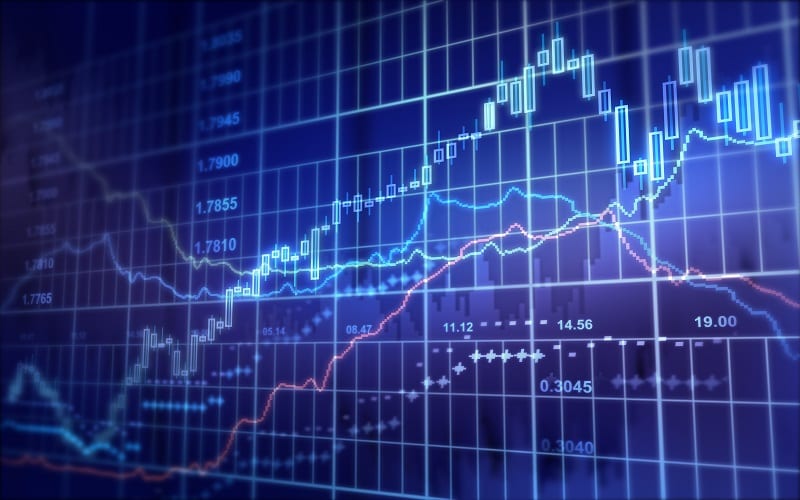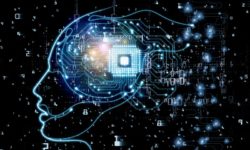While there are several different methods available for market forecasting, it is still a tedious, costly, ineffective, and outdated process. So, how will machine learning change market forecasting?
Introduction
As we take a step forward in our digital global age journey, there is a need to go beyond basic human tasks and processes like computing data and collecting metrics to develop more intelligent algorithms that can perform complex tasks. The goal is to get real-time intelligence for complex decision-making that would strengthen some of the most critical interconnected and interdependent operational, tactical, and strategic technologies, processes, and initiatives.
As experienced over the years, forecasting how the markets will perform is one of the most challenging tasks for any decision-maker across nations: its government, industries, organizations, and academia (NGIOA) in real-time. This is mainly because there are many complex variables involved in forecasting: such as physical factors, physiological factors, behavior, external events, internal events, the nature of data sets, and more. Each variable adds complexity to the forecasting process.
Since managing forecasting is a complex process for any human decision-maker, there is a growing hope that machine learning will bring the potential to unearth insights and patterns that are hard for the human decision-maker to see on time.
Acknowledging this emerging reality, Risk Group initiated a much-needed discussion on Machine Learning for Market Forecasting with Tony Nash, CEO, and Founder of Complete Intelligence based in Singapore on Risk Roundup.
Disclosure: Risk Group LLC is my company
Risk Group discusses Machine Learning driven Market Forecasting with Tony Nash, CEO, and Founder of Complete Intelligence, a data technology firm using the world’s largest proprietary artificial intelligence and machine learning platform to forecast commodities, currencies, equity markets, economics, and international trade based in Singapore.
Traditional Forecasting Models
Irrespective of size, public/private status, or nature of the organization, entities across NGIOA must develop forecasts to estimate their future performance. Each entity needs to set targets, defines resource plans, manage investor expectations, develop compensation plans, and also plan for the survival and sustainability of its initiatives and entities.
Now, there are many different types of forecasts that can be done at different time intervals. Depending on the size of the entity, scope, and nature, separate entities spend an unusual amount of resources in developing these traditional market forecasts. In spite of growing investments in traditional market forecasting models, forecasting is still a tedious, costly, ineffective, and outdated process across nations.
So, why is traditional market forecasting a complex task for decision-makers? And why is it ineffective? It is mainly because decision-makers face numerous complex challenges to develop these forecasts. Since there is a lack of standard tools, consistent approaches, and a common set of assumptions, the traditional forecasting process is challenging to finish on time. So, irrespective of whether it is a long-term or short-term forecast, consistently producing accurate results using traditional forecasting models is a complex challenge facing all decision-makers today.
So, then the question emerges, what are the most common reasons for this lack of accuracy in forecasting. From miscalculating growth to miscalculating risks, each variable can dramatically change the way forecasts are reached when spreadsheets or any other traditional forecasting methods or models are used. Now when the sources, scope, and size of data variables keep growing, it is difficult to get a reliable forecast using any traditional forecasting method on time.
Machine Learning Models
The evolving ability of machine learning to apply complex mathematical calculations to the growing public and private data is becoming very important as everything becomes digitized, and the ability to get real-time intelligence for decision-making is becoming fundamental.
It seems the individual and collective advances in big data, computational processing techniques, cloud computing, and data storage are advancing machine learning capabilities. As a result, it’s now possible to automate forecasting model building to quickly analyze data and deliver faster, reliable, timely, and more accurate results.
As seen, the advances in machine learning power new approaches to predictive analytics for market forecasting. So, it is crucial to evaluate what capability does machine learning provides for market forecasting today? Also, what makes machine learning algorithms accurate and easier for prediction than traditional methods? How will decision-making evolve as we switch from the conventional model of market forecasting to machine learning-based models? What will be the risks and rewards?
What Next?
Since risk manifests in many different forms unless we evaluate and incorporate all-risk variables in the machine learning-based forecasting models, getting a reliable, timely, and efficient market forecasting model will remain a complex challenge. Do we have a sufficient understanding of the risks impacting market forecasting?
NEVER MISS ANY OF DR. PANDYA’S POSTS
Just join here for a weekly update





 The Democratization Of Destruction
The Democratization Of Destruction